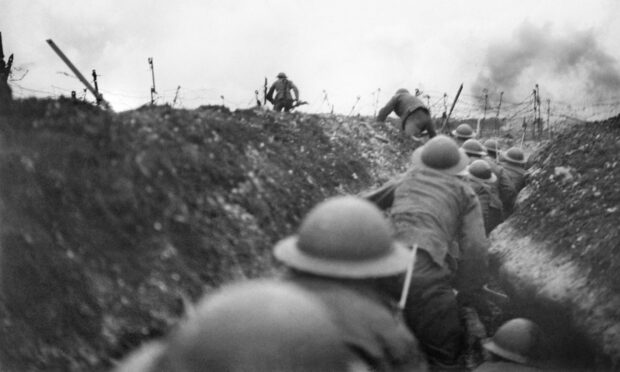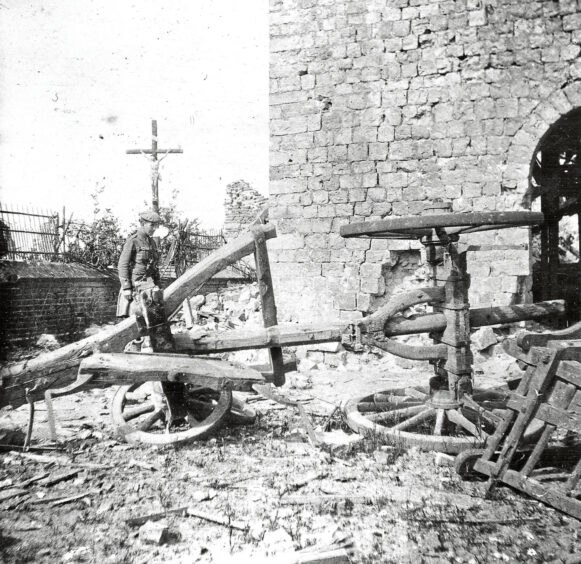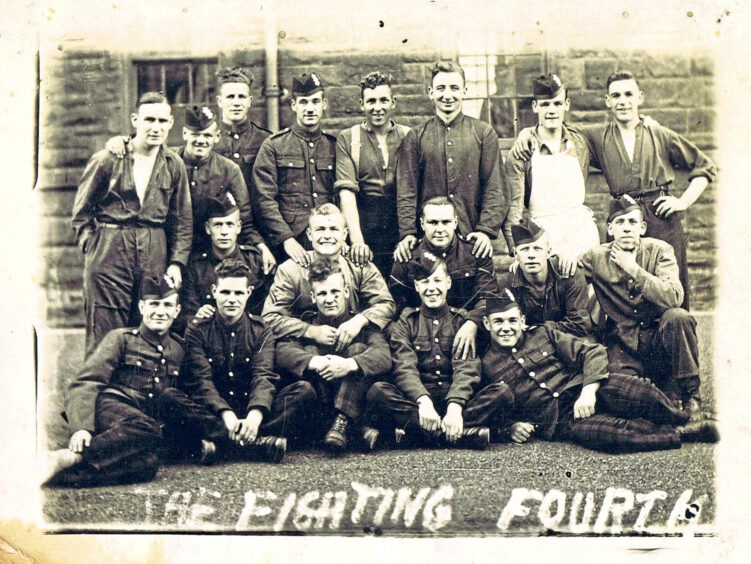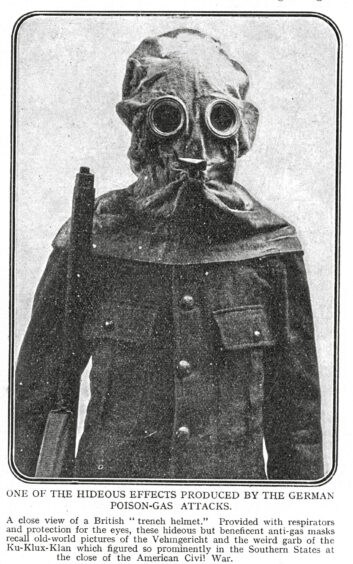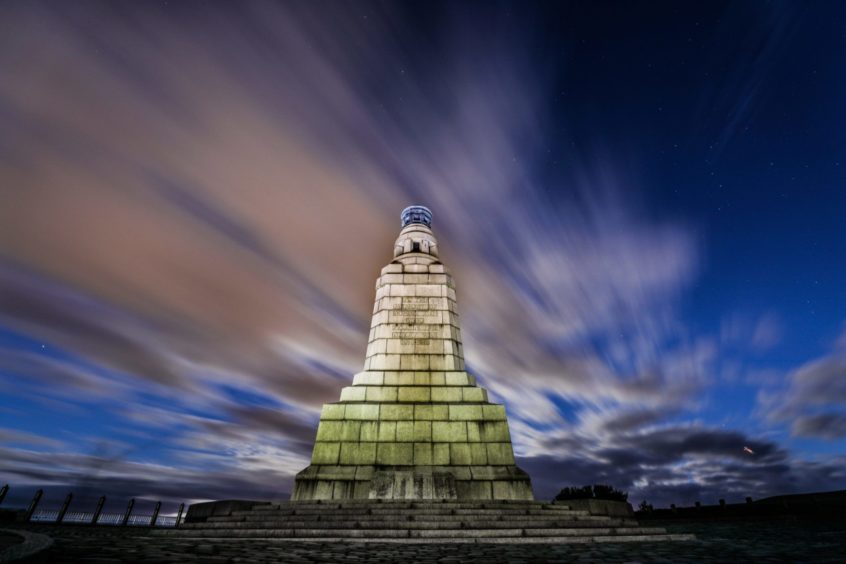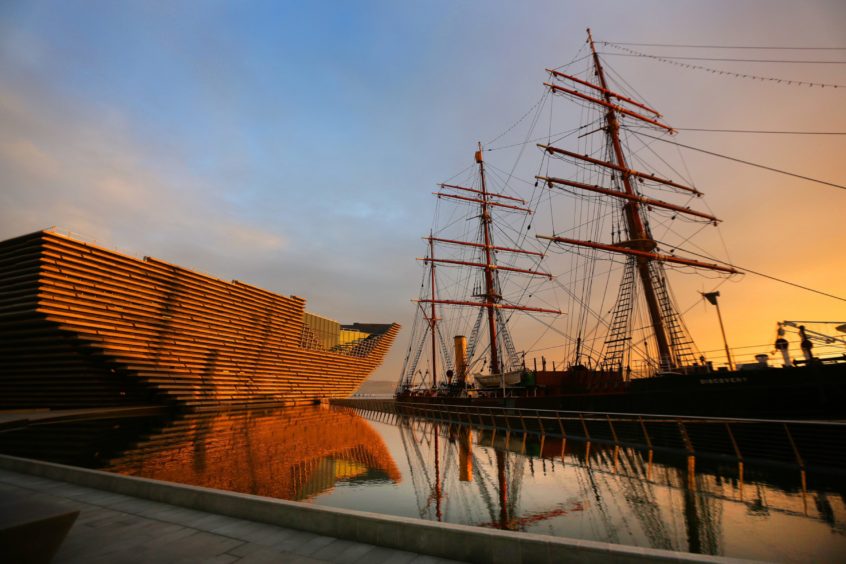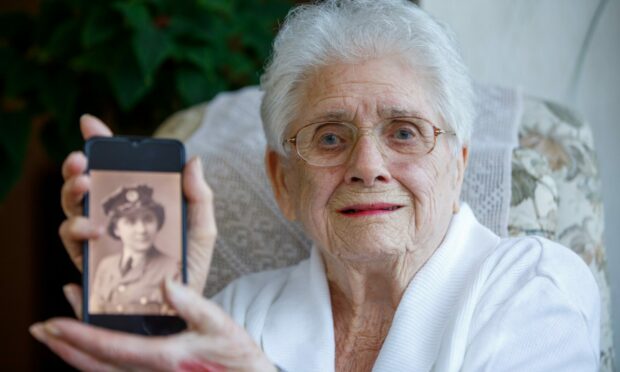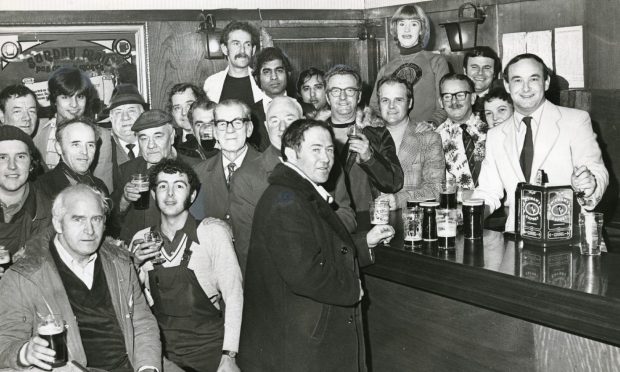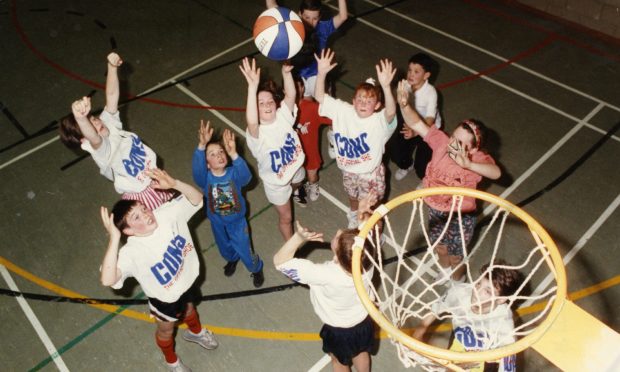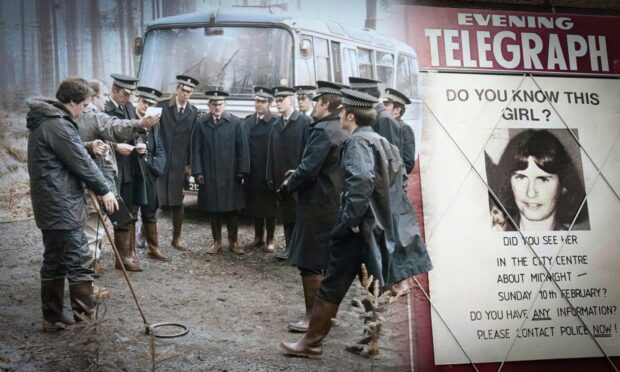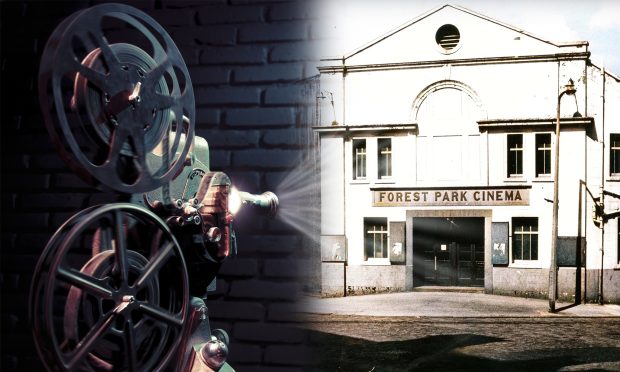The 4th Battalion of the Black Watch, also known as ‘Dundee’s Own’, suffered huge losses at the Battle of Loos in September 1915. Gayle Ritchie chats to historian Alastair Derrick ahead of a weekend of war-themed anniversary tours.
The tragic losses of Loos, Britain’s largest land battle in September 1915, were felt in every town and village across Scotland but it was said to be Dundee’s “darkest hour”.
The annual report for Dundee Parish Church for 1915, written by the Reverend Mr Ferguson, stated: “Of all the black days that 1915 brought us, the blackest was that day in September when the news came that practically all the officers and a great number of the men of the 4th Black Watch, Dundee’s own, were either killed, wounded or prisoners.”
An estimated 30,000 Scots from 45 Battalions fought at the Battle of Loos and around 7,000 were killed.
The British offensive, which started on September 25, was in support of an attempt by the French to break through German defences in northern France.
“It’s important to note that Loos was not a battle of Britain’s choosing,” says Dundee historian Alastair Derrick.
“Politically it was important that Britain was seen to support France, her ally. But Britain did not like the time or the place.”
The attack was partially successfully on the first day, with the 4th Black Watch capturing the German front line.
But the Germans were prepared on the second day, and decimated the British with repeated machine gun fire. They had advanced too far, too fast, and were an easy target.
The attacks ground to a halt and by September 28 the Germans, who called the battle the “field of corpses” – astonished by how the offensive had been launched without adequate cover – had pushed the British back to their starting points.
Loos, which was deemed a massive failure, is also remembered for Britain’s first use of poison gas.
“Earlier in the war, the British condemned Germany’s use of gas on the battlefield, but in seeking a new way to break through they decided to use chlorine gas for the first time to support their advance at Loos,” says Alastair.
“The gas was released by the Royal Engineers an hour before the infantry attacked. This was to compensate for a lack of artillery support.”
Germans troops initially abandoned their advanced positions and 600 of them succumbed to the gas. Unfortunately its use added to British losses when the gas floated back to British lines, causing casualties and confusion.
“The weather proved difficult for the British and in places the gas blew back into their trenches,” says Alastair.
“In other parts of the line, the gas lingered with terrible consequences.”
When Dundee’s Own the 4th Battalion arrived in France in February 1915, there were 900 fighting men. By the time the order came to go “over the top” at Loos, that number had fallen to 423.
“A few months before Loos, the 4th Battalion had taken part in a three-day battle called Neuve Chapelle within a few days of landing in France,” says Alastair. “Having fought well, they had suffered heavy casualties.”
Exposed as soon as they mounted the parapet at Loos, the beleaguered 4th suffered horrific losses.
Huge losses
Of 20 officers, 19 were killed or wounded. Of the 420 men who took part in the attack, 230 were killed or wounded.
“The losses had a profound effect on the city, with barely a household untouched by the men’s sacrifice,” laments Alastair.
“The 4th Dundee Battalion was so reduced by the Loos losses that it had to be amalgamated with the 5th Angus Battalion.”
A decade after the battle, an impressive war memorial was unveiled on Dundee Law, overlooking the town and the Tay.
The Loos losses are memorialised by the lighting of the memorial’s flame on the memorial on September 25 every year.
War walks
Alastair, who hosts guided history and heritage tours through Dundee and Broughty Ferry, is running two dedicated “war walks” on September 25 and 26 to mark the anniversary of Loos.
“Anyone with an interest in history, who had an ancestor who served in either of the World Wars, or just with an active interest in their city in extraordinary times, should find these entertaining and informative,” he says.
“Dundee was massively involved in the war. The amount of troops put in the field and the involvement of citizens in keeping war industries and normal industries going was notable for a city of its size.
“Women came forward to take up jobs previously carried out by men such as posties or painters in shipyards. This made it harder for those who opposed women having the vote when the war finished.”
There was huge pride among those who joined the Black Watch and other regiments, says Alastair.
Those who joined Dundee’s Own represented all ranks of Dundee’s society and local industries, including several DC Thomson journalists who wrote articles about their experiences. They became known as “fighter writers”.
“One of the huge things with the 4th is the fact that factory bosses, sons of owners, charge-hands and labourers were all in it together; class was not an issue amongst the men,” says Alastair.
“William Linton Andrews was news editor of the Dundee Advertiser when war broke out.
“Within a couple of days he was trying to enlist, and when he succeeded he discovered he was not the regular soldier he aspired to be but a War Territorial.
“He tried to transfer but gave up when colleagues from the paper marched in and joined him in the 4th Battalion.
“For nearly three years Andrews served in the trenches, rising to the rank of Sergeant.
“When he went home in mid-January 1918 to attend an officers’ training course, he was one of very few men, possibly the only one, who had been with the battalion all the time. His book Haunting Years is wonderful. He survived the war and was knighted for his services to journalism in 1954.”
Dundee was massively involved in the war. The amount of troops put in the field and the involvement of citizens in keeping war industries and normal industries going was notable for a city of its size.”
ALASTAIR DERRICK
After Loos, with so many lost, industries, as well as sports teams across Dundee, were devastated.
“Look at The Courier in November 1915 and you’ll find examples of poor families trying to find news of missing loved ones,” says Alastair. “These adverts ran for months which is heartbreaking.”
While Alastair’s tours cover Loos, he also shares stories about Dundee’s role in war and peace throughout the decades.
“The First World War broke out on August 4 1914 but by the end of that month, German and Austrian waiters were being arrested in Broughty Ferry and a Broughty taxi was fired on by sentries for failing to stop,” he says.
“Prior to the war, these waiters would’ve been valued by local hotels.
“A little later newspapers reported that it was believed someone was signalling at night from Tayport.
“There’s also the story of a Dundee man in the Second World War who went AWOL from his regiment. Two men were sent to take him back to Wales.
“He was shot and died at Taybridge Station. This resulted in a war-time murder trial and later became the subject of a play at Dundee Rep, The Harp and the Violet.”
Alastair’s tours also cover the discovery of the old Law tunnel and its use as a bomber shelter in the Second World War, and the “Mars Boys” (from the Mars training ship) going to war.
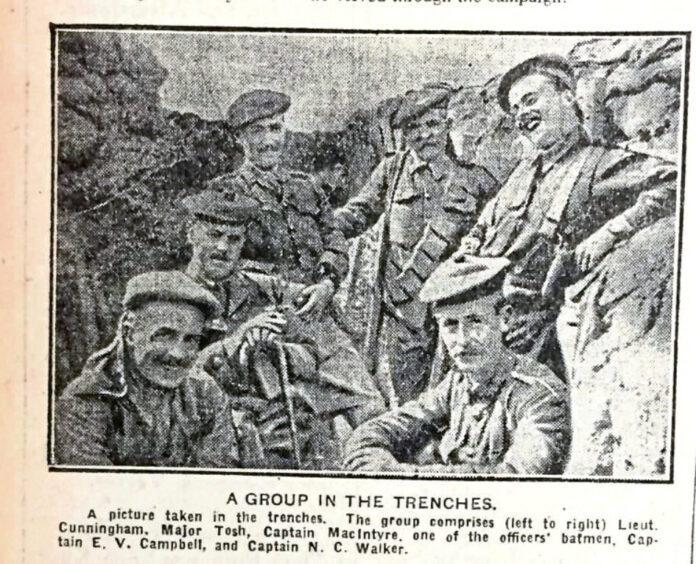
And those who join a tour will learn about a First World War submarine base between Slessor Gardens and the Tay Road bridge, as well as the tragic loss of one of the Dundee fleet in action.
“Few realise that HMS Ambrose, another submarine base during the Second World War, was the starting point for secret Commando and Special Operations Executive raids on Norway,” says Alastair.
“We discuss the multi-national fleet which sailed against the Nazis, dropping spies and commandos in to Norway, and protecting shipping going up to Russia.
“Six submarines never came back. Many Dundonians have no idea that the very moving and tasteful memorial near the clock tower is there to mark this.
“We finish with the stand-out favourite of the tour – the story of the Norwegian St Bernard Bamse, who became a war hero.”
Alastair’s tours also cover the building of RRS Discovery in Dundee in 1901.
The ship’s story includes action in the First World War, involvement in the Russian Civil War and its significant role in the defence of London during the Blitz of the Second World War.
Alastair also talks about the “betrayal” – when government troops under General Monck besieged and took Dundee in 1651.
“When the men holding out in the Old Steeple came down, thinking they had arranged an honourable surrender, they were simply put to death, with Lumsden, their leader having his head put up on the steeple, where it remained for years,” says Alastair.
- Dundee in War and Peace tours take place on September 25 and 26 at 3pm. Tickets are available at dundeewaterfrontwalks.scot
